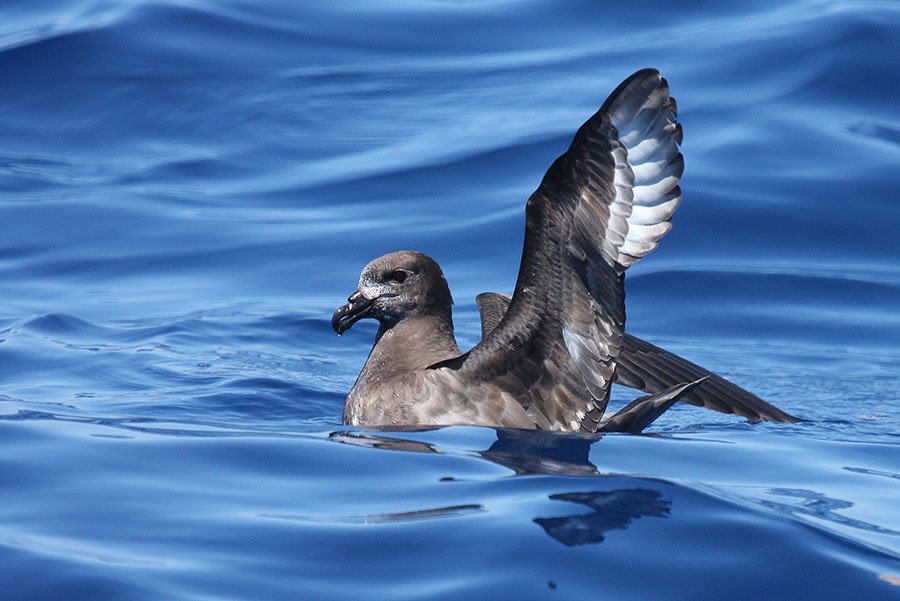The providence petrel is the sweetest seabird

Bec Crew
Bec Crew

NEW ZEALAND GETS a lot of air time for being home to an array of adorable birds, perhaps none so charismatic as the flightless, clumsy, and just-a-little-too-trusting Kākāpō – the world’s heaviest parrot.
It’s almost as if you put a bird in a world with no predators, and you see its true character.
But let’s not forget that Australia has its own version of the Kākāpō. It might not be fat, green, and flightless, but it comes when you call, it sits in your lap, and it makes one hell of a crash landing.
Meet the providence petrel (Pterodroma solandri) – one of Lord Howe Island’s strangest species (which is saying a lot).
We’ll let Sir David Attenborough do the honours:
With just 64,000 left in the world, the species is classified as vulnerable, and the only known breeding sites are at Lord Howe Island and Philip Island – a tiny island located 6 km south of Norfolk Island in the Southwest Pacific.
Sadly, they used to also breed on Norfolk Island, but went extinct there in 1800, and you’ll never guess why…
As Guy Duston reports for Australian Geographic:
“[HMS] Sirius was wrecked on Norfolk Island [in 1790], and 270 extra people joined the few first settlers. There were not enough supplies to feed them all, but they soon discovered that by lighting fires at dusk, a type of petrel would ‘drop down out of the air as fast as the people can take them up and kill them’.
They took 2,000 to 3,000 birds every night for two months and named it the bird of providence. Not long after, the providence petrel became extinct on Norfolk Island, and now survives only on Lord Howe Island with a handful on Phillip Island.”
These beautiful birds are still not without threats, and ironically, an even more endangered Lord Howe Island bird is its biggest predator – the Lord Howe woodhen (Gallirallus sylvestris), which has a taste for petrel eggs.

(Image Credit: Tim from Ithaca/Wikimedia)
Providence petrels are silver-hued birds of roughly pigeon proportions, and are graceful in both the sky and the sea. But call them down to the ground, and it’s a whole different story:
If you want to see them for yourself, you can take a guided tour of Lord Howe Island’s Mount Gower, which is a 5-hour ascent and 4-hour return. And if you do it in March, you might even see some clumsy courtship flights.




